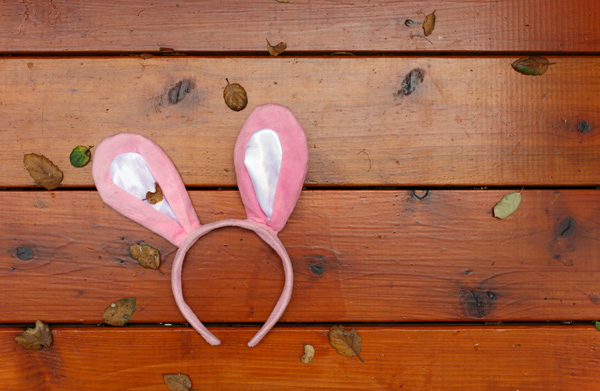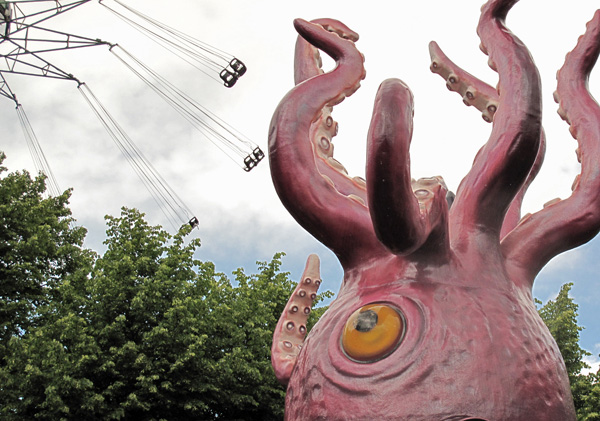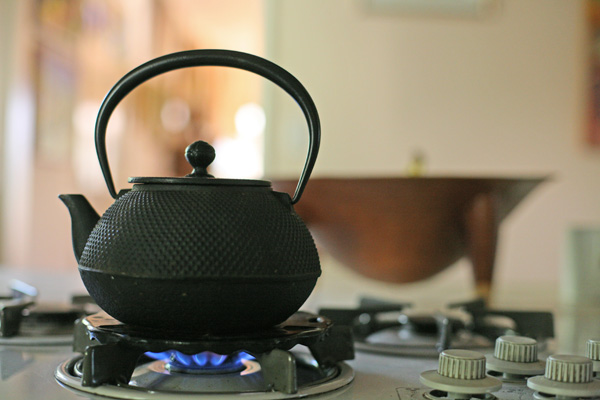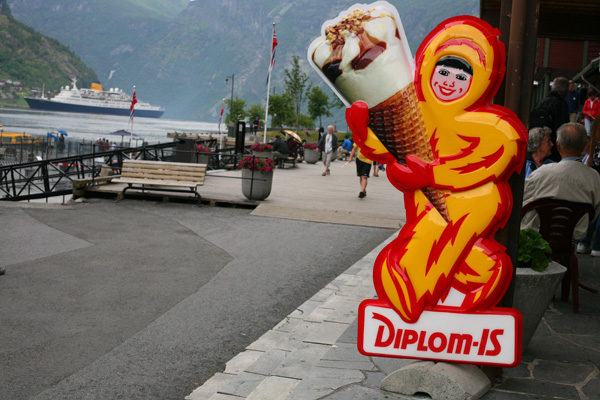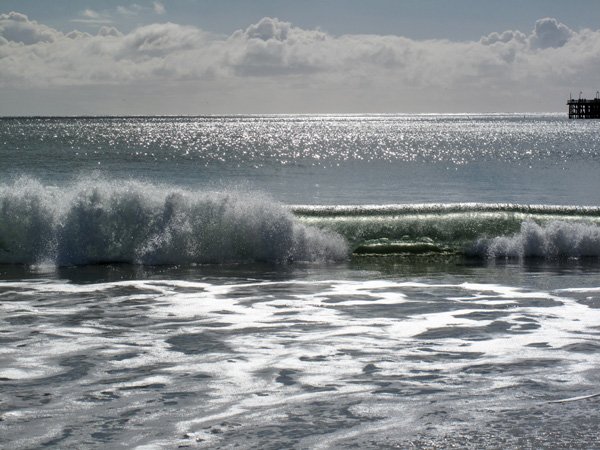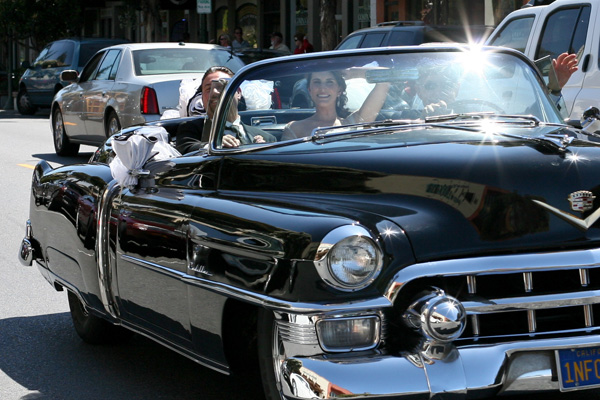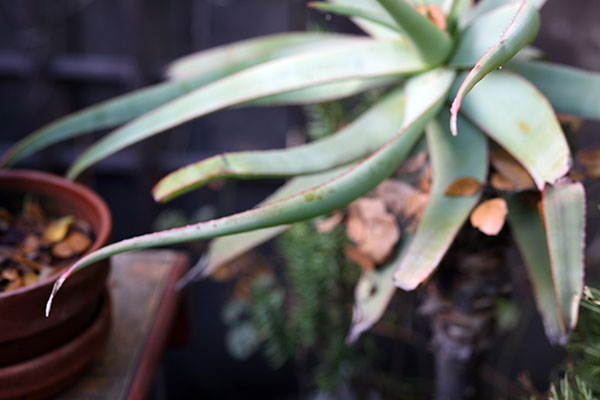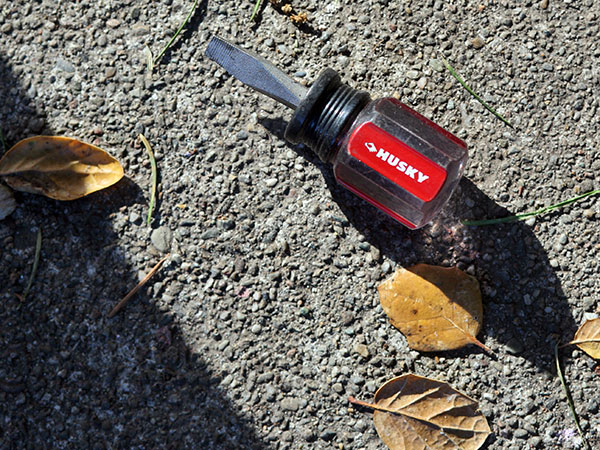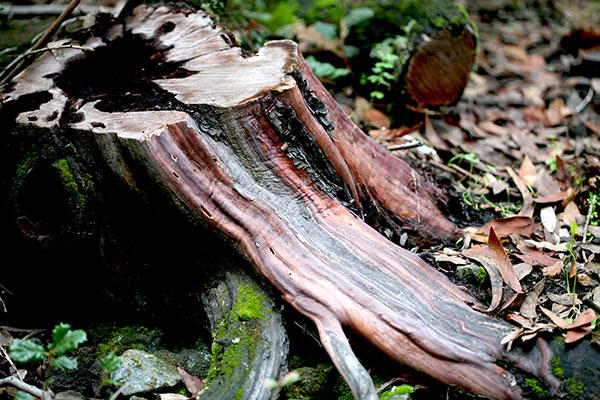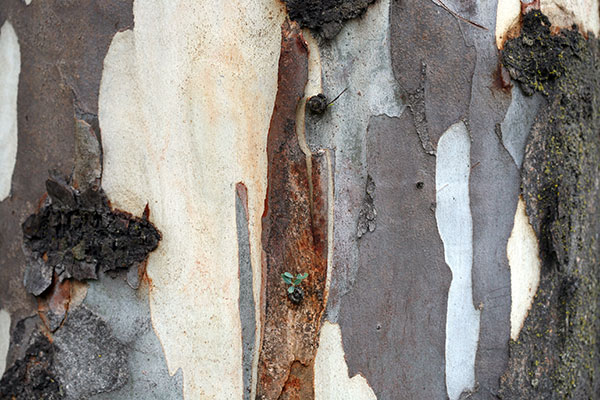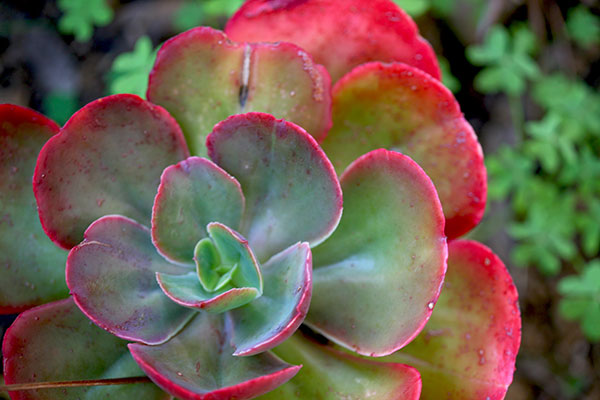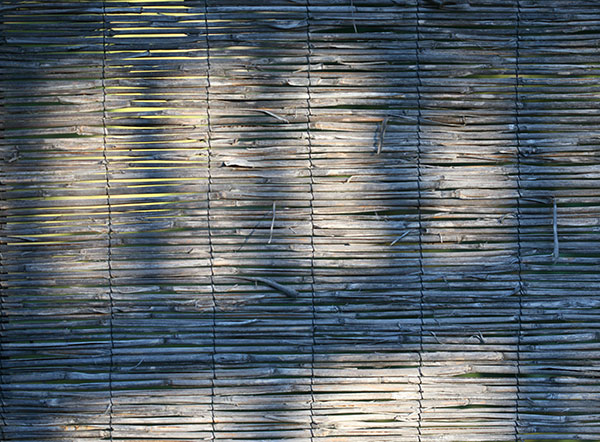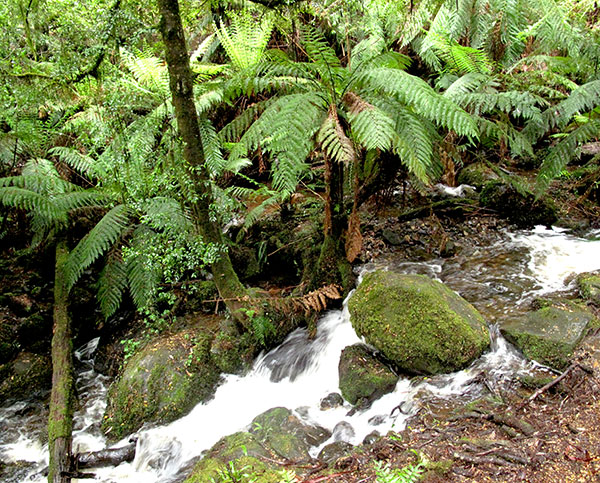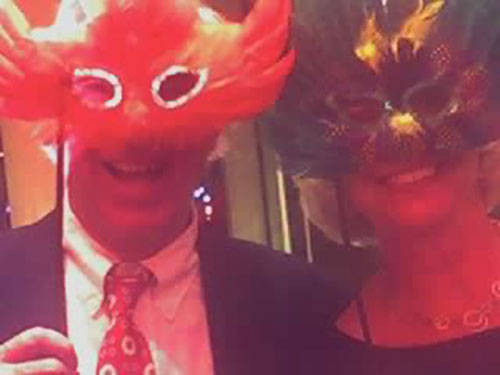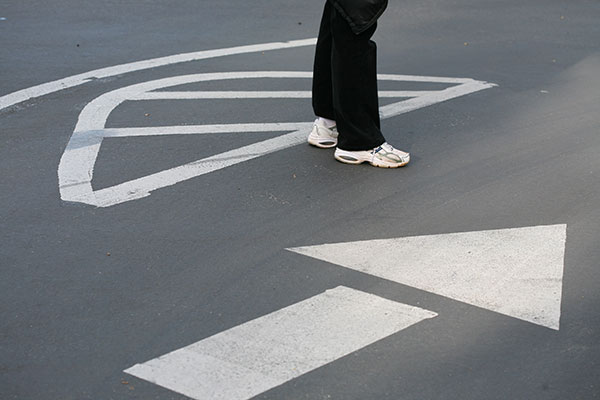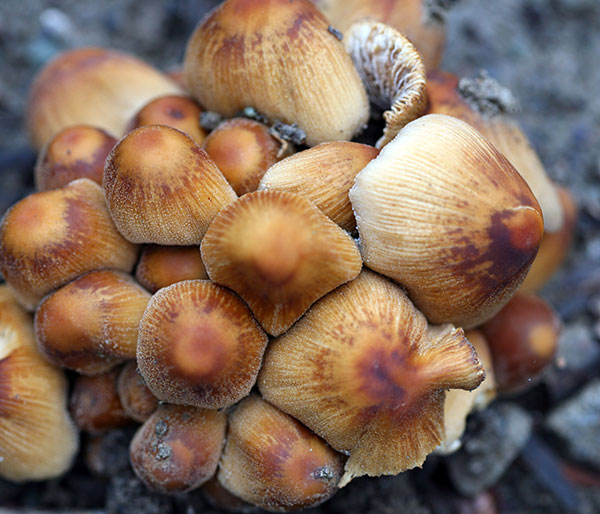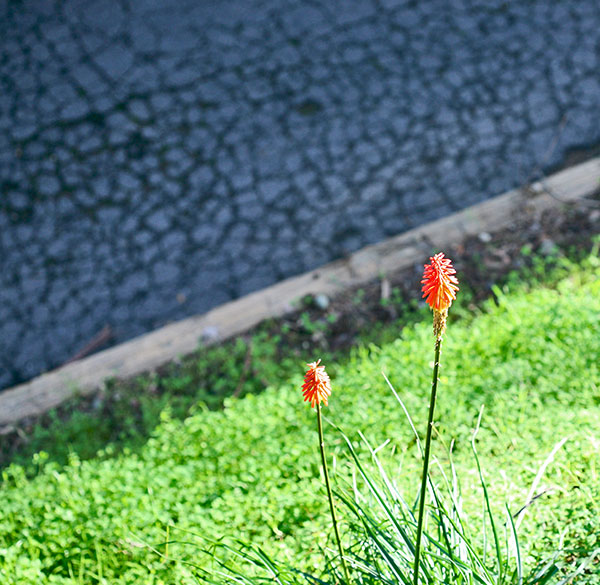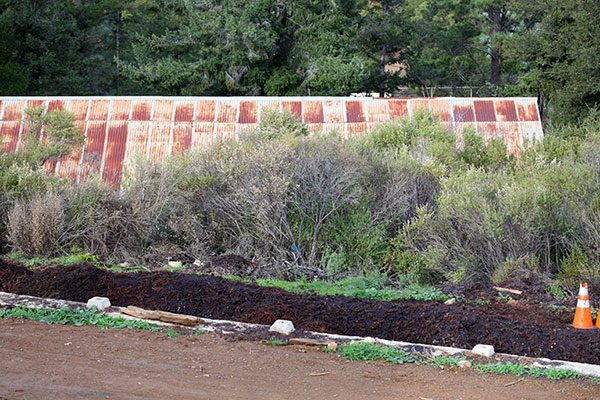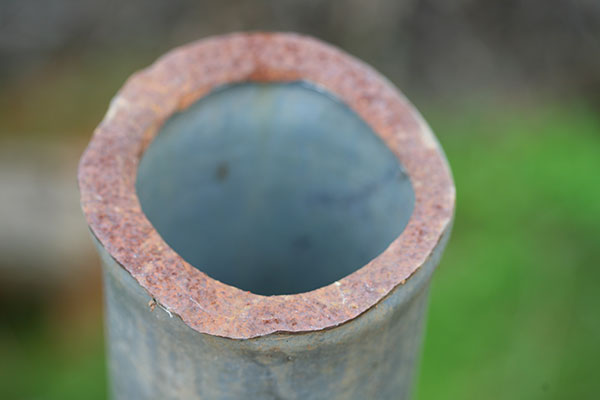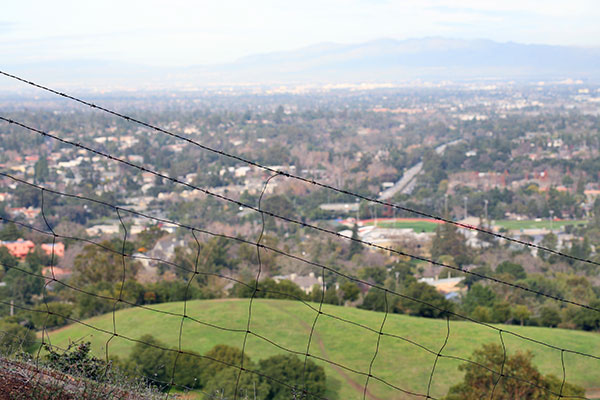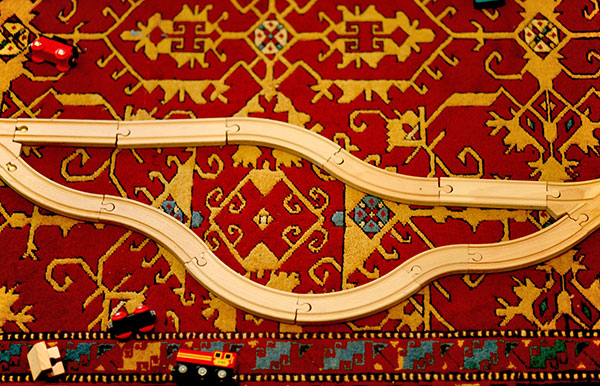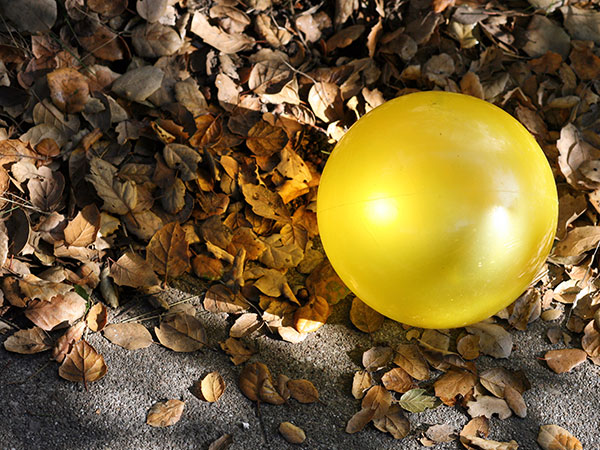Every year the literary agent John Brockman poses a question and gets people who have worked with him to supply answers. This year’s question was:
HOW IS THE INTERNET CHANGING THE WAY YOU THINK?
All the answers can be found at the Edge site. I’ll reprint my answer below, along with some pictures I took in Vasona Park in Los Gatos today.
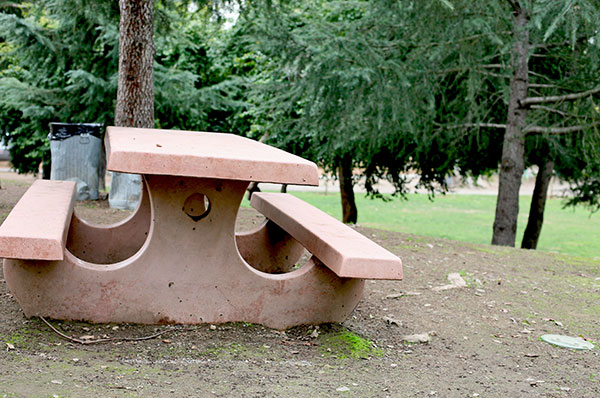
Search and Emergence
Twenty or thirty years ago, people dreamed of a global mind that knew everything and could answer any question. In those early times, we imagined that we’d need a huge breakthrough in artificial intelligence to make the global mind work—we thought of it as resembling an extremely smart person. The conventional Hollywood image for the global mind’s interface was a talking head on a wall-sized screen.
And now, in 2010, we have the global mind. Search-engines, user-curated encyclopedias, images of everything under the sun, clever apps to carry out simple computations—it’s all happening. But old-school artificial intelligence is barely involved at all.
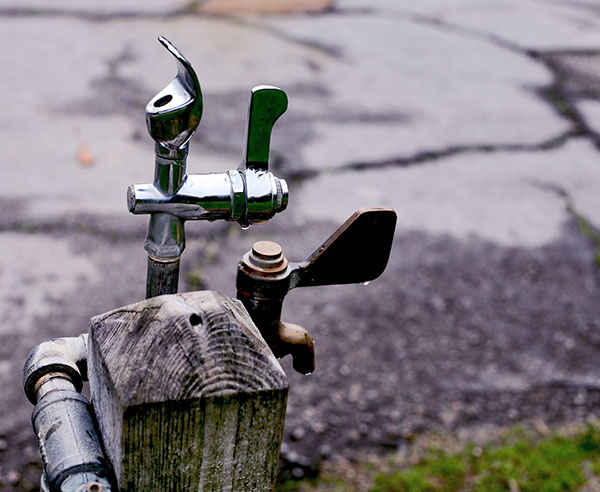
As it happens, data, and not algorithms, is where it’s at. Put enough information into the planetary information cloud, crank up a search engine, and you’ve got an all-knowing global mind. The answers emerge.
Initially people resisted understanding this simple fact. Perhaps this was because the task of posting a planet’s worth of data seemed so intractable. There were hopes that some magically simple AI program might be able to extrapolate a full set of information from a few well-chosen basic facts—just a person can figure out another person on the basis of a brief conversation.
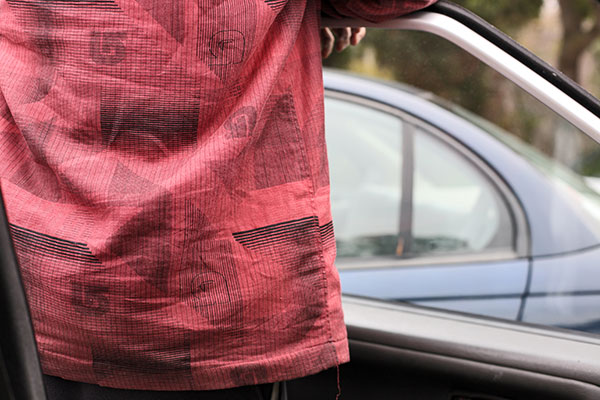
At this point, it looks like there aren’t going to be any incredibly concise aha-type AI programs for emulating how we think. The good news is that this doesn’t matter. Given enough data, a computer network can fake intelligence. And—radical notion—maybe that’s what our wetware brains are doing, too. Faking it with search and emergence. Searching a huge data base for patterns.
The seemingly insurmountable task of digitizing the world has been accomplished by ordinary people. This results from the happy miracle that the internet is that it’s unmoderated and cheap to use. Practically anyone can post information onto the web, whether as comments, photos, or full-blown web pages. We’re like worker ants in a global colony, dragging little chunks of data this way and that. We do it for free; it’s something we like to do.
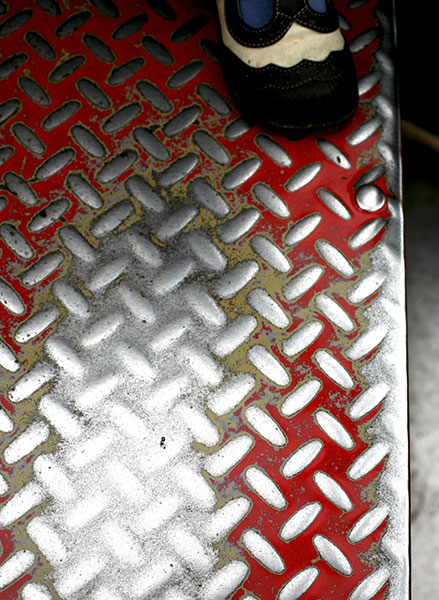
Note that the internet wouldn’t work as a global mind if it were a completely flat and undistinguished sea of data. We need a way to locate the regions that are most desirable in terms of accuracy and elegance. An early, now-discarded, notion was that we would need some kind of information czar or committee to rank the data. But, here again, the anthill does the work for free.
By now it seems obvious that the only feasible way to rank the internet’s offerings is to track the online behaviors of individual users. By now it’s hard to remember how radical and rickety such a dependence upon emergence used to seem. No control! What a crazy idea. But it works. No centralized system could ever keep pace.
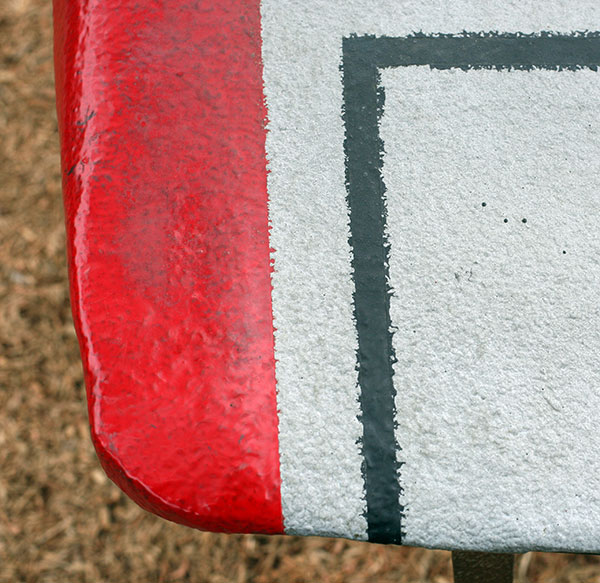
An even more surprising success is found in user-curated encyclopedias. When I first heard of this notion, I was sure it wouldn’t work. I assumed that trolls and zealots would infect all the posts. But the internet has a more powerful protection system than I’d realized. Individual users are the primary defenders.
We might compare the internet to a biological system in which new antibodies emerge to combat new pathogens. Malware is forever changing, but our defenses are forever evolving as well.
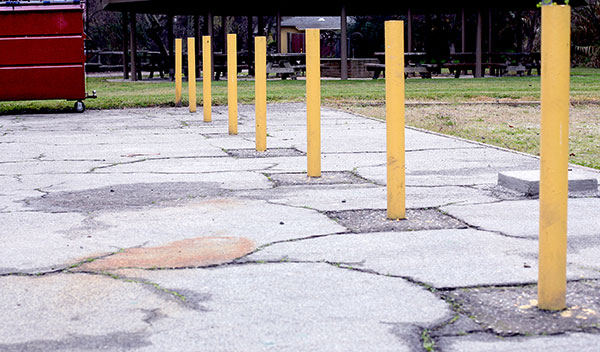
I am a novelist, and the task of creating a coherent and fresh novel always seems in some sense impossible. What I’ve learned over the course of my career is that I need to trust in emergence—also known as the muse. I assemble a notes document filled with speculations, overheard conversations, story ideas, and flashy phrases. Day after day, I comb through my material, integrating it into my mental net, forging links and ranks. And, fairly reliably, the scenes and chapters of my novel emerge. It’s how my creative process works.
In our highest mental tasks, any dream of an orderly process is a will-o’-the wisp. And there’s no need to feel remorseful about this. Search and emergence are good enough for the global mind—and they’re good enough for us.









